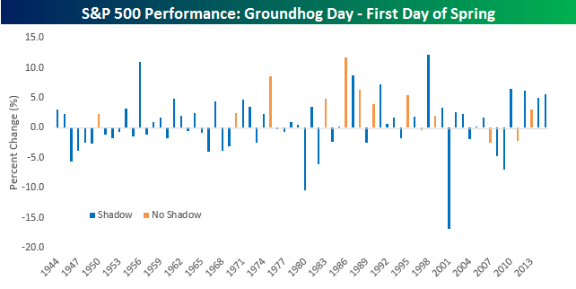What it is: A computer has just beaten the world's best Go player. AlphaGo, a program created by Google-owned AI company DeepMind, beat European Go champ Fan Hui all five times they played in tournament conditions, and also won 99.8% of Go games against other computer programs. Unlike IBM's Deep Blue, which defeated chess champ Garry Kasparov, AlphaGo wasn't programmed to play Go. Instead, as Nature reports, it learned how to play via a general-purpose algorithm that interpreted the game's patterns.
Why it's important: AlphaGo's learning technique means it can recognize complex patterns, long-term planning and decision-making: refined skills that were once stricly human in nature. Imagine the possibilities when neural networks like AlphaGo, infinite computing and the 'Internet of Everything' converge.

Nature via Peter Diamandis.



